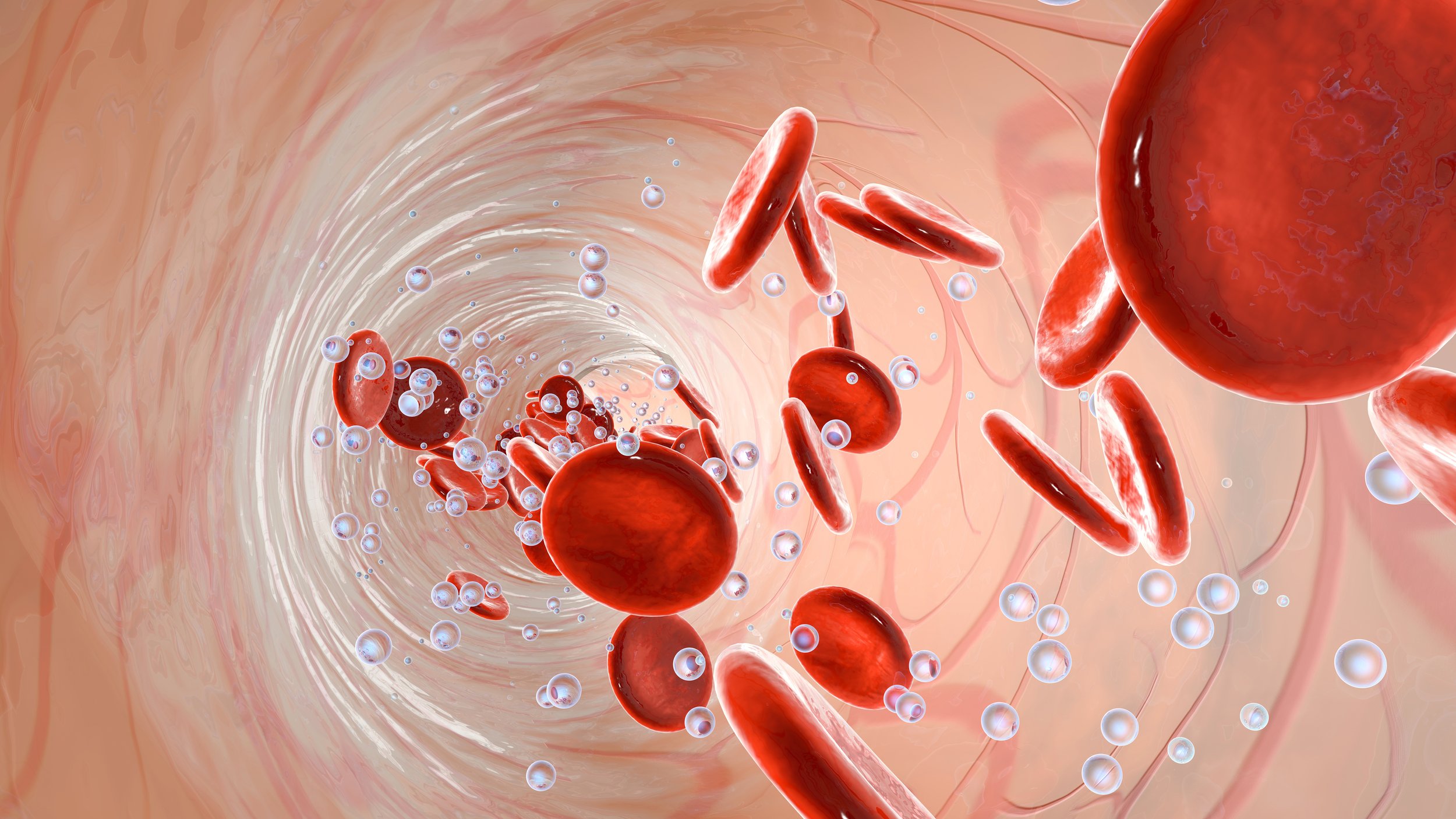Most of us can relate to the experience of getting injured and wanting to lounge on the couch for days at a time, letting our bodies heal. However, that is not the best way to recover from an injury.
Most people understand there are many benefits to exercise, but did you know whole body exercise can be particularly useful when recovering from an injury? And no, I don’t just mean doing the exercises from your physiotherapist for your specific injured joint - I mean biking to help your shoulder pain, arm workouts to help your ankle injury, and cardiovascular exercise for… well, pretty much everything!
So why is exercise so good for you and what kind of benefits does it provide? Read on to find out!
Top 5 benefits of general exercise for injury rehabilitation:
1. Increased oxygen uptake
When you exercise, you are increasing blood flow around your body, increasing oxygen to your working cells. This increased oxygen to your cells not only allows your body to make better use of oxygen, but it can also lead to long-term changes by increasing the number of mitochondria in your cells (as you may remember from high school, mitochondria are “the powerhouse of the cell!”).
This means the more we work out, the more mitochondria we have that can turn the food we put into our body into energy. This improves your overall energy, allowing your body to put more energy towards healing and recovery.
2. New blood vessel growth
Aerobic exercises stimulates your body to grow new blood vessels (pretty cool, right!?). This leads to more oxygen and other nutrients that can be transported to the muscles, providing more energy to your body. When you think about this in terms of recovery from an injury, creating new blood vessels can help muscle tissue repair itself more quickly, as it is getting a better supply of nutrients from the rest of the body.
3. Release of endorphins
Endorphins have been called the “feel-good” chemical due to the feeling of euphoria they provide. They are released in abundance when you exercise and are responsible for the famous “runners high”, the boost of energy and “warm fuzzies” felt during a workout. Endorphins naturally help your body cope with pain and stress, meaning they can assist in injury recovery.
4. Improved brain function
When you exercise, your brain releases a chemical messenger called brain-derived neurotrophic factor (aka BDNF), which is thought to play a role in keeping our brains happy and healthy. Increasing BDNF through exercise can help improve cognitive function, mental well-being, and even improve brain recovery, all very important parts of overcoming an injury.
Most research points towards cardiovascular exercise being the best way to increase BDNF so hop on that bike, go for a run, or look into high intensity interval training for some amazing benefits!
5. Improved sleep
Regular exercise can also help improve sleep. Sleep has a huge impact on injury recovery - while you are sleeping, your body is busy repairing itself.
How does this work? When you sleep, your body releases hormones which aid in recovery from injuries. Your body then increases blood flow to muscles, providing them with the oxygen and nutrients they need to repair themselves. Lastly, while sleeping, the chemicals in charge of the stress response decrease. When you decrease stress, your body can put more energy towards recovering from your injury.
How much exercise do you need?
The Canadian government recommends at least 150 minutes of moderate to vigorous activity per week, regardless of injury status. This ideally should include a mix of resistance training and cardiovascular exercise.
However, if you’re not there yet, don’t worry! Here are some tips to getting started:
Start with small activities that you enjoy and work your way up towards meeting these guidelines over time. If you prefer walking your dog, gardening, playing sports, or anything else that gets you moving, these are fantastic options to get you started and can provide numerous benefits as well.
Set small goals such as 10-minute walks, taking the stairs instead of the elevator, or doing small exercises while doing your normal daily activities (think squats while you’re brushing your teeth or planks during a commercial break).
If you are unsure of where to start, one of our registered kinesiologists would be happy to work with you to create an exercise program which matches your exercise goals and injury specific recovery needs.
Give us a call today give us a call at (778) 630-800, email us or book online to seek treatment from a physiotherapist or to work with a registered kinesiologist.











